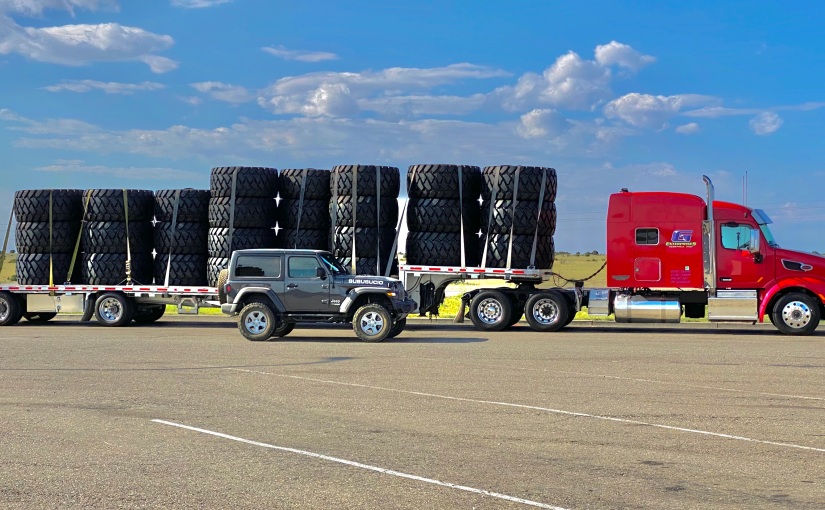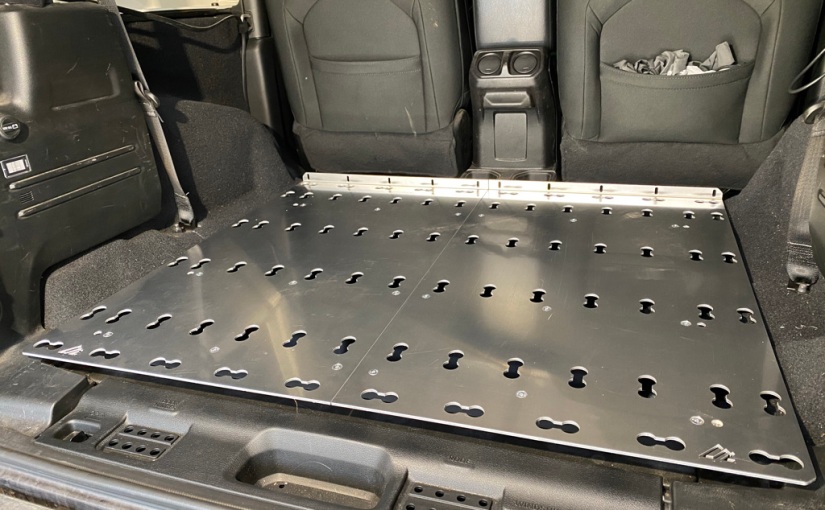Believe it or not, I’m still wrestling with the cables connecting my CB and GMRS radios to my tailgate antenna mounts. I understimated what I was up against.
I learned the hard way that even the best CB and GMRS radios come with crimped RG-58 (PL-259 to SO-239) cables. I learned how quickly you can blow through that kind of cheap cable, after failing over and over again to get a decent crimp while trying to shorten the cable. It doesn’t take long to find yourself staring at your internal trim panels, cursing at yourself, knowing you’d have to run cable again. I decided I needed to get a quick lesson from an expert, to get up to speed.
I drove to The Ham Outlet in New Castle, DE, to ask for some advice, and to buy whatever I needed to get the job done. I didn’t expect the level of expertise and selfless mentorship those guys offered. For every question I asked, I got a lesson. It was an incredible experience. I walked away with some valuable knowledge, and the right RG-8x (PL-259 to SO-239) cable with soldered connectors, and a hand full of RG-8x connectors, so I can trim the wires down once I ran them again.
Sounds like a lot of work, but I really want the cables to be run properly, to avoid any interference or noise. I learned it is OK to run cables for both the CB and GMRS along the right side of the Jeep if you’re only going to run one radio at a time. The cables need to run through the CBBAR, through the side trim panels, through the tailgate, and to the Teraflex dual antenna mount.
I have power cables running along the left side of the Jeep. This includes Dometic’s hard wire kit (to power the fridge), and wiring for the rear facing LEDs. Once I have the storage drawers installed, I’ll have to build a power station that will mount my PBL-40 battery and my 150W pure sine wave power inverter. Those wires will run along the left as well.
So why does it seem like I’ve been doing this wiring for so long?
Part of the reason is that its friggin’ 20 degrees and snowing, and I can’t work in the garage because I decided last week to install my 35s. So my Jeep is too tall to get through the garage opening.
Another reason is that I still have not run the extended wiring harness that I created from the ARB Twin Compressor (that I recently mounted under the passenger seat) to the Jeep’s battery. So if that was done already, I could have aired down my tires to get the Jeep into my garage.
Yep, CB/GMRS wiring would have been done by now. Heck, all other wiring work would be done by now. So when will I have the ARB Twin Compressor wiring completed? I dunno, its cold and snowing…












































